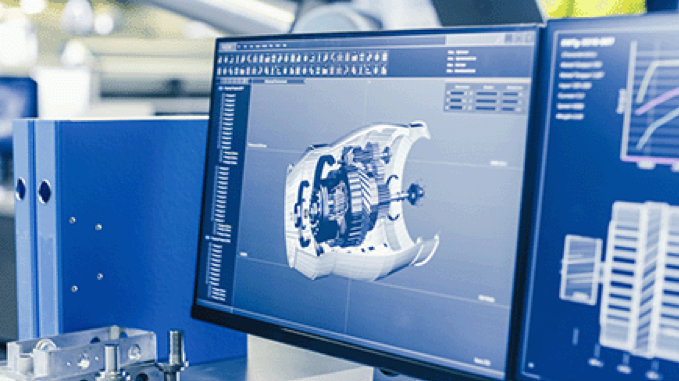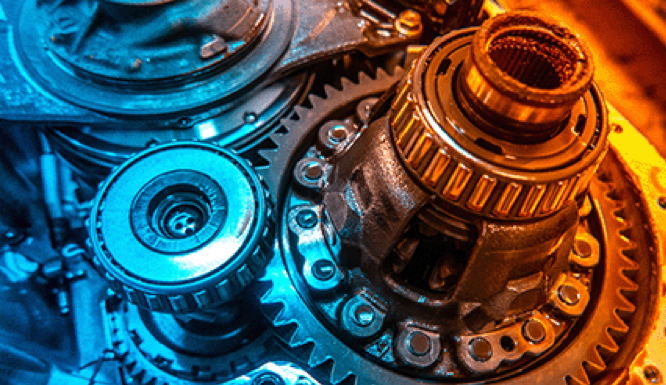
Present Electric Mobility Aspect Propelling Future Prospects
EV as a multidisciplinary Domain
In many parts of the world today, the guzzle of Internal combustion engines is gradually being replaced by the hum of electric vehicles. Though this transformation is attempting to touch everything from urban planning to geopolitics at heart of this change is evolution of electrical and electronic architecture married seamlessly with mechanical necessities of automotive.
Race to an Electric Future
The EV market, once considered a niche, is speeding up at an unprecedented pace. Global sales may still be modest as compared to traditional vehicles, but the graph is changing rapidly. By 2030, EV sales are predicted to grow by up to six times their current volume. This growth isn’t just in numbers. Since 2010, there’s been a huge investment of over $280 billion into automotive innovation, with approximately $120 billion dedicated to electric vehicles alone.
Technology Under the Hood
Delve under the hood of any EV, and you’ll find an intricate convergence of the best of modern technology. It’s not just about batteries and motors. The real game changer is the intricate network of electronic control units (ECUs), power electronics, and the increasingly complex Electrical & Electronics architecture (EEA). This architecture, combined with embedded software wisely integrated with mechanical components of vehicle, ensures that every component of an EV – from its battery management system to its cooling mechanisms – communicates, integrates, and operates seamlessly and harmoniously.
Existing Trends & Challenges of EV Architectures
The Electrical & Electronics architecture (EEA) landscape has been evolving based on the demands and challenges of the market:
Traditional EEA: Largely used in vehicles transitioning from ICE to EV, low-volume niche vehicles, emerging markets, and start-ups. These are usually products with a short time to market, lower costs, and fewer features.
Domain-based architecture: High-end products in the mass market usually use domain-based architectures. However, these systems have challenges, especially in making different hardware and software components work together. Often, these components are custom designed for a specific manufacturer.
Zonal architectures: The future belongs here. Next-generation zonal architectures are tailored for self-driving vehicles that need extreme computing power and agility. These systems are custom-made and often a unique feature of the manufacturer that creates them. These next-generation units are unique, bespoke creations, often closely guarded by their OEMs.
However, developing these systems is not without its challenges. EEA and EV developments are seldom built entirely from scratch. Often, they’re built upon or tweaked from existing models. Even when something is newly developed, by its completion, there are challenges like updates to standards, changing customer needs, and supply chain issues. These challenges, known as ‘late changes”, can affect the timing, cost, and quality of the product.
The solution is, A shift in vehicle development. Increasingly, the electrical and software components are becoming the critical path in the production timeline, frequently causing production delays. To address this, strong partnerships with component and software providers are vital. It’s also important to embrace virtual testing, using techniques like hardware-in-loop (HIL), software-in-loop (SIL), and model-in-loop (MIL) to enhance quality before testing actual vehicles.
MBSE (Model Based System Engineering): The Key to success
To make complex systems work well, it’s essential to use thorough and systematic engineering practices. Drawing parallels from the defence sector, a logical, end-to-end system engineering practice is imperative. This approach referred to as the V-Cycle, ensures the traceability of systems from conception to integration. Standards like Functional Safety (FUSA ISO 26262) and Safety of the Intended Function (SOTIF ISO 21448) are crucial for ensuring system safety and reliability.
With the rise of connected vehicles, there’s a bigger risk of cyberattacks. Therefore, strong cybersecurity measures adhering to ISO 21434 standards are a must. These set the bar for safety, reliability, and resilience and are now mandated by European Legislation under UN Regulation R155 for cybersecurity and R156 for software updates and software update management systems.
The Power of Vertical Integration
Peek into the operations of the most successful EV passenger car makers, and you’ll spot a common thread – vertical integration. By having control over key components like electrical and electronics systems and mechanical propulsion mechanisms, these companies benefit from cost savings, agility, and reduced supply chain dependencies. Moreover, this holistic ownership ensures a superior customer experience, offering them unparalleled user interfaces and unique features such as a seat warmer subscription from a luxury automaker!
Driving Forward
In essence, the electric vehicle wave is more than just eco-friendly transport. It’s a technological marvel, driven by intricate systems, innovation, and a vision for the future. To truly thrive in this domain, companies must commit to robust system engineering, forge strategic partnerships, and be agile enough to adapt to the ever-evolving landscape of automotive tech.
Fasten your seat belts, the journey to an electric future is accelerating!!!!!!!!


